Le Décélérateur d’antiprotons (AD), machine unique en son genre, produit des antiprotons de basse énergie pour étudier l’antimatière et « fabriquer » des atomes d’antimatière. Le Décélérateur produit des faisceaux d’antiprotons et les envoie vers les différentes expériences.
Un faisceau de protons issu du PS (Synchrotron à protons) frappe une cible métallique. Ces collisions produisent une multitude de particules secondaires, dont beaucoup d’antiprotons. Ces derniers sont trop énergétiques pour être directement utilisables dans la production d’antiatomes. Par ailleurs, ils ont des énergies différentes et se déplacent de façon désordonnée. C’est grâce au Décélérateur que ces particules rebelles sont domptées et transformées en faisceaux de basse énergie, utilisables par la suite dans la production d'antimatière.
Les antiprotons sortant de la cible avec des angles divergents sont focalisés avant de parvenir à l’AD. Une fraction de ces antiprotons ont une énergie adéquate pour être injectés et stockés dans AD.
L’AD est un anneau formé d’aimants de courbure et de focalisation qui maintiennent les antiprotons sur la même trajectoire tandis que des champs électriques puissants les ralentissent. La dispersion des énergies des antiprotons et les déviations de leurs trajectoires sont réduites grâce à la technique du « refroidissement ». Les antiprotons subissent plusieurs phase de refroidissement et de décélération jusqu’à être ralentis à environ un dixième de la vitesse de la lumière. Les antiprotons sont ensuite éjectés vers les expériences sur l’antimatière.
Un nouvel anneau de décélération, ELENA (Extra Low ENergy Antiproton), va bientôt être mis en service. Couplé à l’AD, ce synchrotron de 30 mètres de circonférence va ralentir encore les antiprotons, pour réduire leur énergie d’un facteur 50, de 5,3 MeV à seulement 0,1 MeV. Un système de refroidissement par électron augmentera la densité de faisceau. Le nombre d’antiprotons pouvant être piégés sera accru d’un facteur 10 à 100, améliorant l’efficacité des expériences et ouvrant la voie à de nouvelles expériences.
Mis en service en 2000, l’AD était le lieu en 2002 d’une grande première scientifique : pour la première fois de grandes quantités d'atomes d’antihydrogène étaient produites. Les tentatives débutaient pour stocker des antiatomes pendant un laps de temps suffisant pour en mesurer les caractéristiques. En 2011, une expérience annonçait avoir produit et capturé des atomes d’antihydrogène pendant seize minutes, un temps suffisamment long pour pouvoir étudier leurs propriétés en détail. L’année suivante, la première mesure du spectre de l'antihydrogène était publiée. Depuis 2010, les expériences sur l’AD ont publié de nombreuses mesures des caractéristiques de l’antimatière, les comparant avec celles de la matière.
L’AD est aujourd’hui utilisé dans le cadre de plusieurs expériences qui étudient l’antimatière et ses propriétés : ALPHA, ASACUSA, ATRAP et BASE. Deux autres expériences, AEGIS et GBAR s’apprêtent à étudier l’effet de la gravité sur l’antimatière. GBAR sera la première expérience à exploiter les antiprotons préparés par le nouveau décélérateur ELENA.
